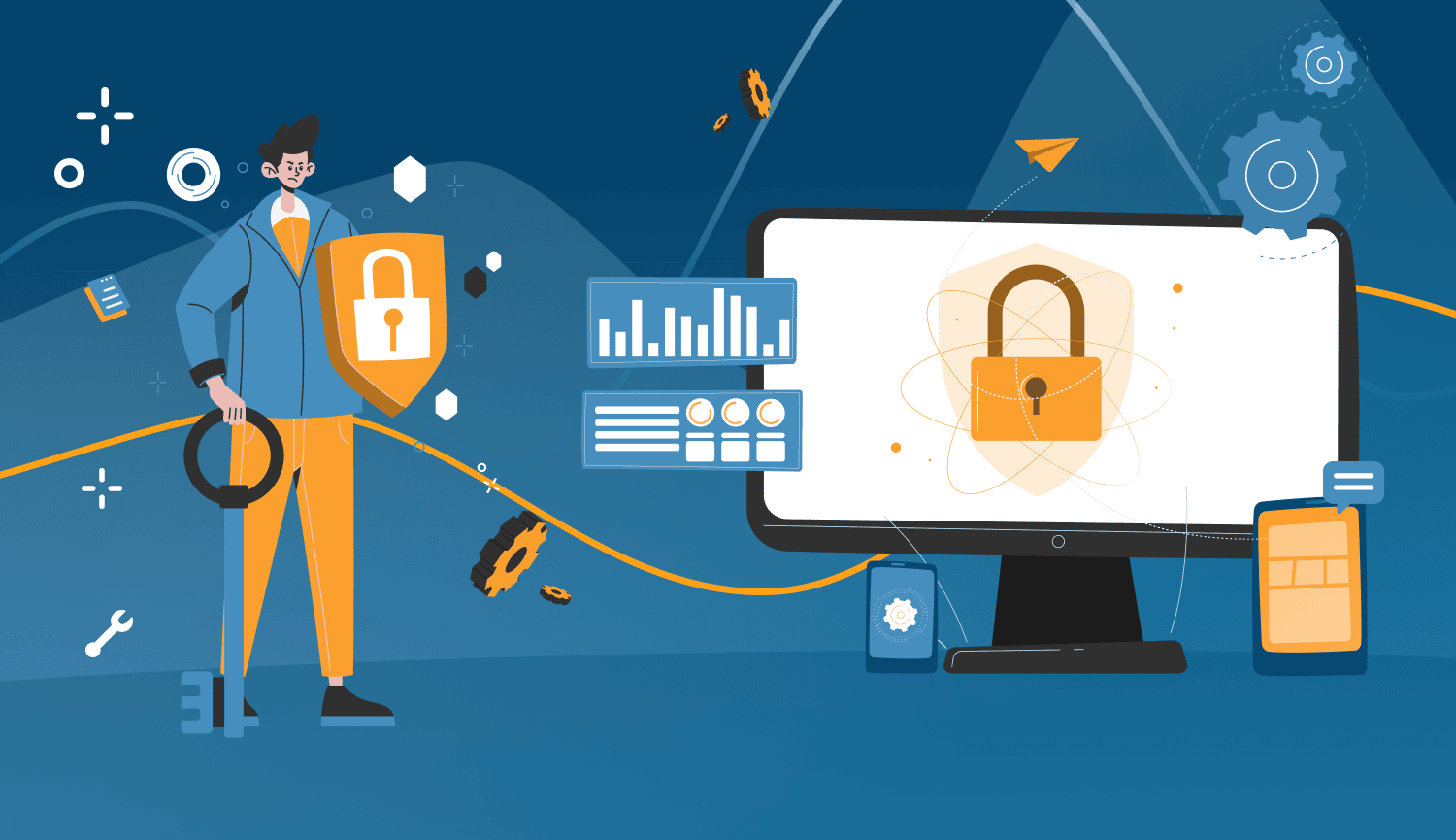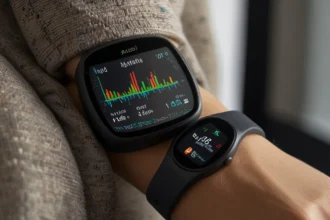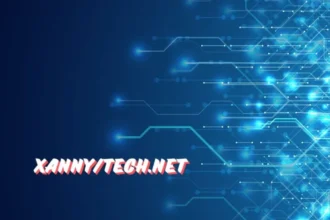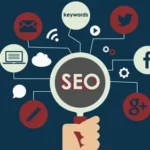In today’s digital world, LinkedIn has become one of the most powerful platforms for professionals looking to expand their network, connect with decision-makers, and generate quality leads. With over 700 million users globally, it offers a vast pool of potential clients, partners, and collaborators. However, despite its potential, manually managing connections and outreach can be time-consuming, especially when you’re trying to scale up your lead generation efforts. This is where LinkedIn message automation tools come in.
Using these tools effectively can help streamline your prospecting efforts, allowing you to focus on building relationships rather than spending endless hours sending messages. In this guide, we’ll delve into everything you need to know about using LinkedIn message automation tools for lead generation. From practical tips to tricks, we’ll explore how these tools can help you increase your outreach and convert more leads without sacrificing personalization.
What is LinkedIn Message Automation?
LinkedIn message automation refers to the use of software tools that automate outreach tasks, such as sending personalized messages, connection requests, follow-ups, and responses on LinkedIn. These tools can help businesses and individuals scale their LinkedIn lead generation efforts without being bogged down by the manual processes that would otherwise take up a large portion of the day.
Message automation doesn’t mean sending generic, spammy messages. On the contrary, many tools allow you to personalize your outreach at scale, making sure each message feels genuine. The goal is to automate the repetitive tasks while maintaining a high level of engagement and value for your leads.
Why Should You Use LinkedIn Message Automation Tools?
- Time Efficiency: One of the biggest challenges in LinkedIn lead generation is the sheer amount of time it takes to send personalized messages to prospects. By automating these tasks, you can drastically reduce the time spent on outreach, allowing you to focus on more strategic activities like nurturing relationships or closing deals.
- Consistency and Scaling: Manual outreach often results in inconsistent messaging, especially if you’re trying to manage a large number of leads. Automation helps ensure a consistent and professional approach, even when you’re scaling your efforts to hundreds or thousands of prospects.
- Personalization at Scale: While automation often carries a reputation for being impersonal, modern LinkedIn message automation tools allow for highly personalized outreach. You can use dynamic variables to include prospects’ names, job titles, company names, and other details to make the message feel tailored and relevant to each individual.
- Improved Lead Conversion: Automated messages can be followed up with prospects who didn’t respond to your initial outreach, increasing the chances of a reply. Furthermore, automated tools often include features for tracking message responses, helping you fine-tune your lead generation strategy.
How Do LinkedIn Message Automation Tools Work?
LinkedIn message automation tools work by simulating human behavior on the platform. They can send connection requests, follow-up messages, and even endorse skills automatically, all according to a preset schedule and personalized templates.
These tools usually integrate with LinkedIn’s API, allowing them to interact with your profile, send messages, and accept connections on your behalf. Most tools allow you to set parameters, such as the frequency of outreach, the number of messages sent per day, and how long to wait before sending follow-up messages.
There are several key features offered by LinkedIn message automation tools:
- Connection Request Automation: Automating connection requests with a personalized message.
- Follow-Up Automation: Scheduling follow-up messages to prospects who haven’t responded to your initial message.
- Custom Message Sequences: Creating sequences of messages that are automatically sent over a series of days or weeks.
- Profile Scraping: Some tools can automatically scrape profiles based on specific filters, such as job titles, industries, or locations.
- Message Personalization: Ability to dynamically insert variables like first names, company names, or mutual connections.
Now that we understand the basics of LinkedIn message automation, let’s dive deeper into the key considerations and practical tips for using these tools effectively in your lead generation strategy.
Best Practices for Using LinkedIn Message Automation Tools
LinkedIn message automation tools can save time and enhance your outreach efforts, but they should be used strategically to maintain authenticity and compliance with LinkedIn’s policies. When used correctly, these tools help streamline your connection process, personalize messages at scale, and increase your professional networking success. However, it’s crucial to strike the right balance between automation and personalization to ensure you’re building meaningful relationships and avoiding spammy behavior.
1. Define Your Target Audience
Before using a LinkedIn lead generation tool, it’s crucial to clearly define your target audience. This will ensure that your outreach efforts are well-targeted and more likely to convert.
Most LinkedIn automation tools allow you to filter prospects based on specific criteria, such as job title, company size, industry, location, and more. By narrowing down your target audience, you increase the chances of reaching out to people who are genuinely interested in your product or service, rather than wasting time on irrelevant leads.
2. Craft Compelling, Personalized Messages
While the automation tool handles the bulk of the outreach, you should still put effort into crafting well-written and personalized messages. Avoid sending generic templates, as these are easily ignored or marked as spam. Instead, aim to add personal touches that show you’ve done your research about the person you’re reaching out to.
For example, mention mutual connections, comment on recent activities or achievements they’ve shared on LinkedIn, or reference their company’s recent success. A personalized message shows that you’re genuinely interested in connecting, rather than simply blasting out a cold pitch.
3. Maintain a Human Touch
Even though automation makes the process more efficient, the key to success lies in maintaining a human touch. Always make sure your messages sound conversational and engaging. Automation tools have evolved to the point where they can help you simulate human-like behavior, but you must avoid sounding too robotic.
Also, monitor your outreach efforts regularly to ensure that responses are being handled appropriately. Respond to leads in a timely manner and engage with them in a way that builds rapport.
4. Keep an Eye on Message Frequency and Limits
LinkedIn has certain rules and restrictions regarding automated activity. For instance, sending too many connection requests or messages in a short amount of time can get your account flagged or even banned.
When using a linkedin prospecting tool, be mindful of LinkedIn’s activity limits and set your automation tool to send a limited number of messages per day. Some tools allow you to gradually scale up your outreach as your account gains more credibility.
5. Use A/B Testing for Optimization
Many LinkedIn message automation tools come with A/B testing features, allowing you to test different message templates, follow-up sequences, and even subject lines. This helps you identify which messages generate the best response rates.
By running A/B tests, you can continuously improve your outreach strategy, fine-tune your messaging, and increase the effectiveness of your lead generation efforts.
6. Track Metrics and Adjust Strategies
Most automation tools offer analytics that lets you track the success of your outreach campaigns. Key metrics to monitor include:
- Response rate
- Connection acceptance rate
- Message open rate
- Conversion rate
By reviewing these metrics, you can identify which strategies are working and which need improvement. For example, if a particular message sequence is yielding a low response rate, it may be worth revisiting and tweaking your approach.
Conclusion
Leveraging LinkedIn message automation tools can be a game-changer when it comes to scaling your lead generation efforts. By saving time, increasing personalization, and improving consistency, these tools allow you to focus on building meaningful relationships with your prospects. However, it’s important to use these tools responsibly by maintaining a human touch, adhering to LinkedIn’s guidelines, and continuously optimizing your approach.
With the right strategy and tools in place, you can maximize your LinkedIn outreach and generate high-quality leads that drive real business results. Whether you’re an entrepreneur, salesperson, or marketer, LinkedIn message automation can significantly improve your lead generation process and help you stay ahead of the competition.

















